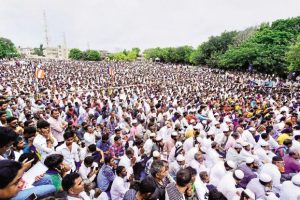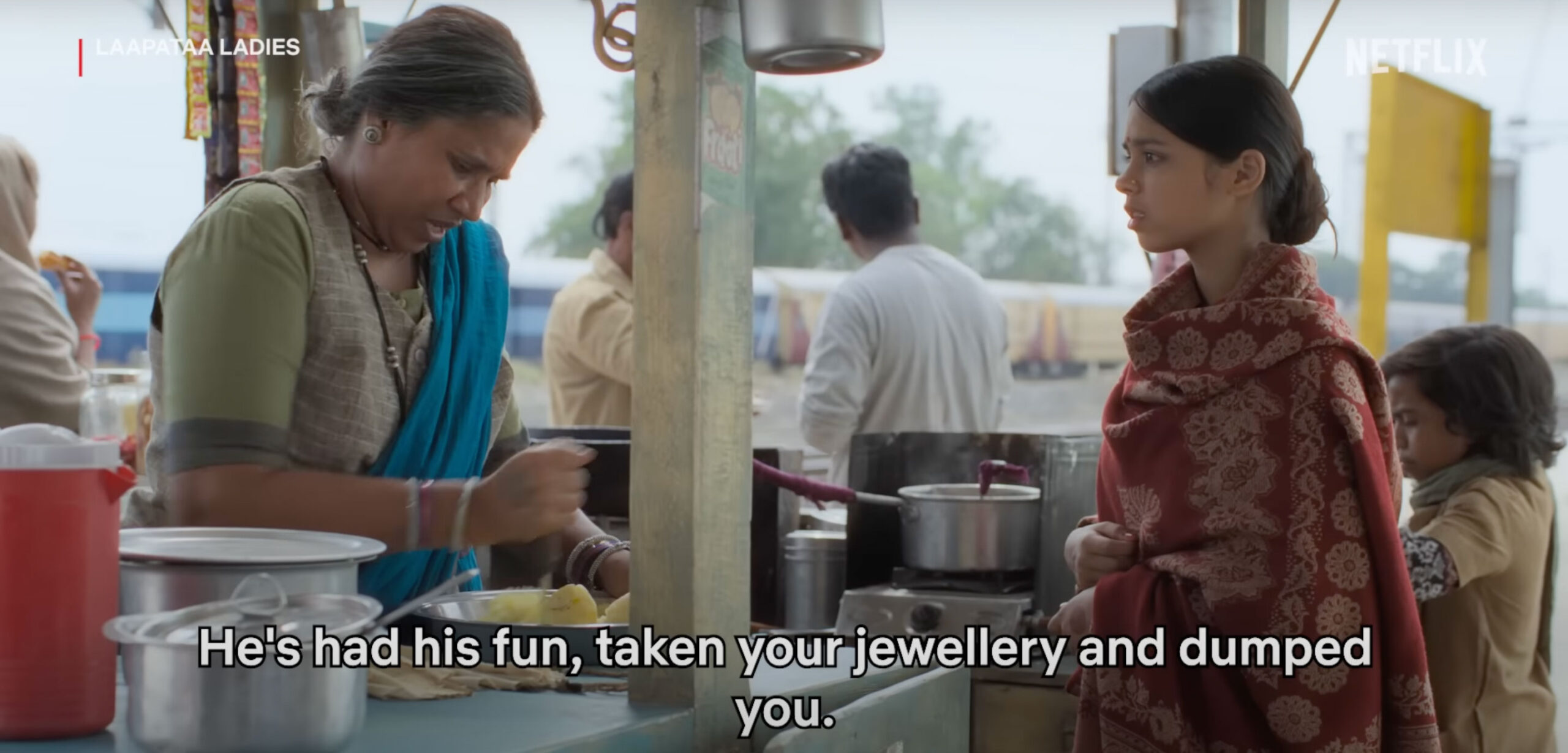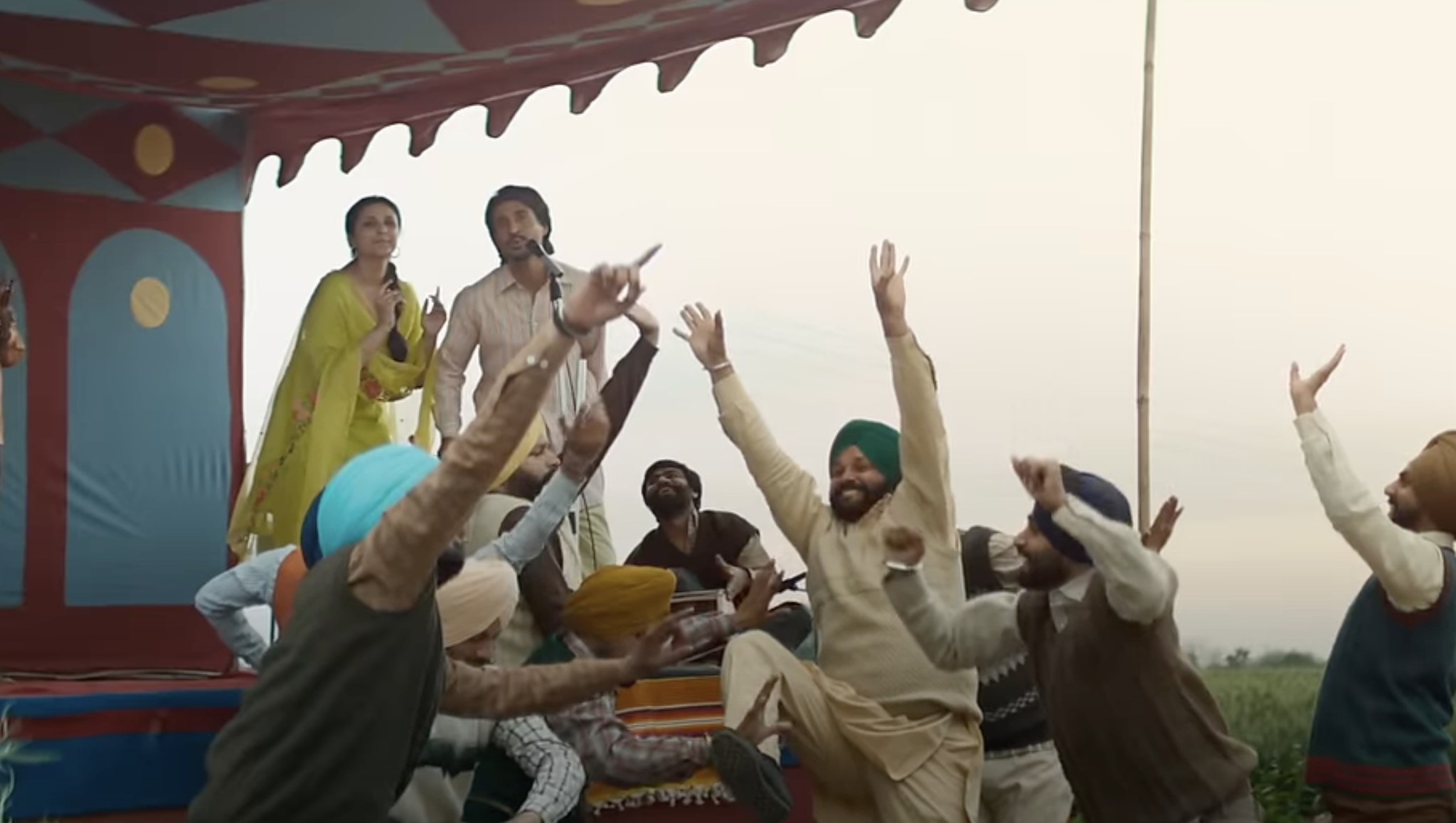 Gujarat once again seems to be taking the lead in launching a national movement. What is the Una incident before the horrific tales of atrocities against Dalits written in this country day after day? Nothing more than a footnote. But the way Gujarat’s Dalit movement turned this footnote into a new chapter is unique. The country has been astonished by the manner in which the entire Dalit community of Gujarat took to the streets against the brahmanical stranglehold and its tyranny and terror. While is true that even before the Una incident, a wave of Dalit anger against the Hinduvadi BJP government was sweeping across the nation, the Gujarat movement is a class apart, mainly because of the massive participation in it.
Gujarat once again seems to be taking the lead in launching a national movement. What is the Una incident before the horrific tales of atrocities against Dalits written in this country day after day? Nothing more than a footnote. But the way Gujarat’s Dalit movement turned this footnote into a new chapter is unique. The country has been astonished by the manner in which the entire Dalit community of Gujarat took to the streets against the brahmanical stranglehold and its tyranny and terror. While is true that even before the Una incident, a wave of Dalit anger against the Hinduvadi BJP government was sweeping across the nation, the Gujarat movement is a class apart, mainly because of the massive participation in it.
What direction will this movement take? The humanitarian struggle against Brahmanism is as old as Brahmanism itself. But Brahmanism successfully ensured that no egalitarian movement could ever strike roots in this country, chiefly by subsuming most of them in itself. In the modern times, Ambedkar posed the biggest challenge to Brahmanism. Just see how Brahmanism has reacted. The RSS is taking out a Bouddha Yatra in Uttar Pradesh, eulogizing the very religion that Ambedkar embraced after rejecting Hinduism. There is no escaping from us! Wherever you will go, we will already be there!
On Independence Day, gau rakshaks assaulted some of the participants in the Dalit Asmita Sammelan in Una. This will only give greater momentum to the movement. The million-dollar question is what the objectives of this movement are. It has already claimed the chief ministership of Anandiben Patel. Will the movement serve its purpose if the Una victims are monetarily compensated, the cases lodged against Dalits are withdrawn and the Thangadh case is reopened? Will it be enough, if, after Anandiben, Modi is also unseated? Will the defeat of the BJP in the next elections suffice? No, by no means. This struggle will reach its logical conclusion only if it goes beyond protests against the atrocities against Dalits in Gujarat and strikes at the very root of these atrocities, ie Brahmanism. The problems of the Dalits will be solved by SC sub-plan, allotment of land to them, sincere implementation of the reservation norms or giving more teeth to the SC, ST Atrocities Act.
 Article 17 of the Indian Constitution outlaws untouchability. The Untouchability (Offences) Act, 1955 was enacted to give effect to this provision. During the debate on this Article in the Constituent Assembly, Promath Ranjan Thakur, a member from Bengal, asked, “I cannot comprehend how you can eliminate untouchability without eliminating the caste system. Untouchability is nothing but the symptom of a disease called caste system and its integral part. Unless we completely eliminate the caste system, nothing will be achieved by superficial efforts to address the issue of untouchability.”
Article 17 of the Indian Constitution outlaws untouchability. The Untouchability (Offences) Act, 1955 was enacted to give effect to this provision. During the debate on this Article in the Constituent Assembly, Promath Ranjan Thakur, a member from Bengal, asked, “I cannot comprehend how you can eliminate untouchability without eliminating the caste system. Untouchability is nothing but the symptom of a disease called caste system and its integral part. Unless we completely eliminate the caste system, nothing will be achieved by superficial efforts to address the issue of untouchability.”
The fact is that the caste system does not even find mention in the Constitution – not even in the Directive Principles of State Policy, which talk of all sorts of lofty ideals. Expecting the Constituent Assembly, packed with upper-caste persons and elected through limited franchise, to dig its own grave would have been too much. By appointing Babasaheb as the chairman of the drafting committee of the Constitution, the Constituent Assembly ensured the perpetuation of Brahmanism for centuries to come. This was brahmanical guile at its best! Some progressive principles that were incorporated into the Constitution due to the efforts of Babasaheb were never put into effect. A honey tongue, a heart of gall – that is Brahmanism.
Thanks to reservations, a middle class rose from among the Dalits. Due to their numerical strength, the Dalits and OBCs even managed to form governments in some states. But the caste system remained as strong as ever. Even today, a majority of the Dalits in the country is unlettered, their children are forced into manual labour and the adults have to migrate to distant places to earn their daily bread. The upper class continues to dominate the administration, elected bodies, judiciary and business and commerce.
Gujarat’s Dalit movement can become the last nail in Brahmanism’s coffin. But for that to happen, we have to broaden our objectives. Rather than choosing between the BJP and the Congress, which, in the words of Kanshi Ram was akin to choosing between “Nagnath” and “Saanpnath”, we have to find a third, viable alternative. The components of this alternative are already available. Different sections of society are agitating for different causes. Some want land rights, others want forestland; some want a place to live in the cities; other wants scrapping of mega dam projects; some want reservation in promotions; others want elimination of manual scavenging. All of them have to realize that the 1500-year-old caste system is at the root of the problems of a majority of our people. Without getting rid of it, we will never be able to build a humanitarian, democratic society.
 It is high time the Dalit movement broke free from its self-imposed confines and provided leadership to all the pro-change movements. Only an awakened, empathetic leadership can handle this job. The other pro-change ideologies of the country have lost steam. The communist movement is on the decline. The socialist parties have been reduced to clannish clubs. A brief flicker of hope – a hope that they would bring about comprehensive transformation – was all they could offer. The Dalit movement is propelled by a powerful thought; it has a capable middle class and it has not one but many a messianic leader. The middle class has always played a leading role in movements for change the world over. There is the concept of the vanguard in Marxism – a group of people that leads in initiating social, economic or political change. The Dalit middle class is capable of playing the vanguard for the resurgence of Indian society and is competent to do so.
It is high time the Dalit movement broke free from its self-imposed confines and provided leadership to all the pro-change movements. Only an awakened, empathetic leadership can handle this job. The other pro-change ideologies of the country have lost steam. The communist movement is on the decline. The socialist parties have been reduced to clannish clubs. A brief flicker of hope – a hope that they would bring about comprehensive transformation – was all they could offer. The Dalit movement is propelled by a powerful thought; it has a capable middle class and it has not one but many a messianic leader. The middle class has always played a leading role in movements for change the world over. There is the concept of the vanguard in Marxism – a group of people that leads in initiating social, economic or political change. The Dalit middle class is capable of playing the vanguard for the resurgence of Indian society and is competent to do so.
But as has been said earlier, the Dalit movement has to transcend its limits. Its leadership should realize that the agitation of only the Dalits won’t be enough. That may help Dalits win some sops for the community but it won’t be able to break the backbone of casteism, it won’t be able to metamorphose society. The Dalit movement will have to accommodate the issues and problems of the other sections of society and be guided only by Ambedkarism. Marxism, Lohiaite Socialism and Gandhism are on their deathbeds. But that should not come in the way of our acknowledging the role played by these ideologies in the rise of modern Indian society and their relevance in the present times. The atmosphere built by Brahmanism by making “Har Har Modi” central to elections and by implementing the Gujarat Model in the country in undue haste can trigger an upheaval of momentous proportions – an upheaval that has the potential of uprooting the caste system. The toiling poor of this nation have been waiting for this upheaval for the past 1000 years. We just need a leader.





